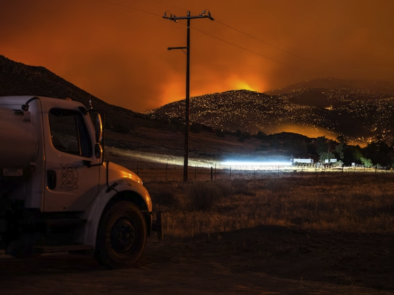Science Source
The unequal vulnerability of communities of color to wildfire
- States that environmental disasters globally impact billions of people and cost trillions of dollars in damage, and their impacts are often felt most acutely by minority and poor communities
- States that wildfires in the U.S. have similarly outsized impacts on vulnerable communities, though the ethnic and geographic distribution of those communities may be different than for other hazards
- Develops a social-ecological approach for characterizing fire vulnerability and applies it to >70,000 census tracts across the United States
- Incorporates both the wildfire potential of a landscape and socioeconomic attributes of overlying communities
- Finds that over 29 million Americans live with significant potential for extreme wildfires, a majority of whom are white and socioeconomically secure
- Finds that within this segment, however, are 12 million socially vulnerable Americans for whom a wildfire event could be devastating
- Finds that wildfire vulnerability is spread unequally across race and ethnicity, with census tracts that were majority Black, Hispanic or Native American experiencing ca. 50% greater vulnerability to wildfire compared to other census tract
- Concludes that embracing a social-ecological perspective of fire-prone landscapes allows for the identification of areas that are poorly equipped to respond to wildfires
Related Content
Headline

Nov 17, 2023 | Climate Nexus Hot News
Utility Responsible For Wildfire, CA Report Says
Headline

Oct 26, 2023 | Climate Nexus Hot News
The Planet is ‘Under Siege,’ Scientists Say
Headline

Oct 11, 2023 | Climate Nexus Hot News
Climate Change Forcing Children to Move
Headline

Sep 20, 2023 | AP
In a state used to hurricanes and flooding, Louisiana is battling an unprecedented wildfire season


